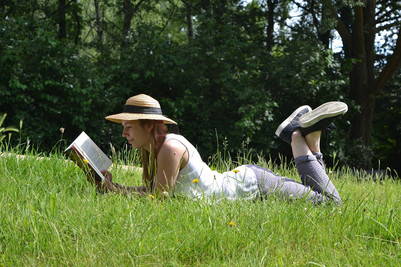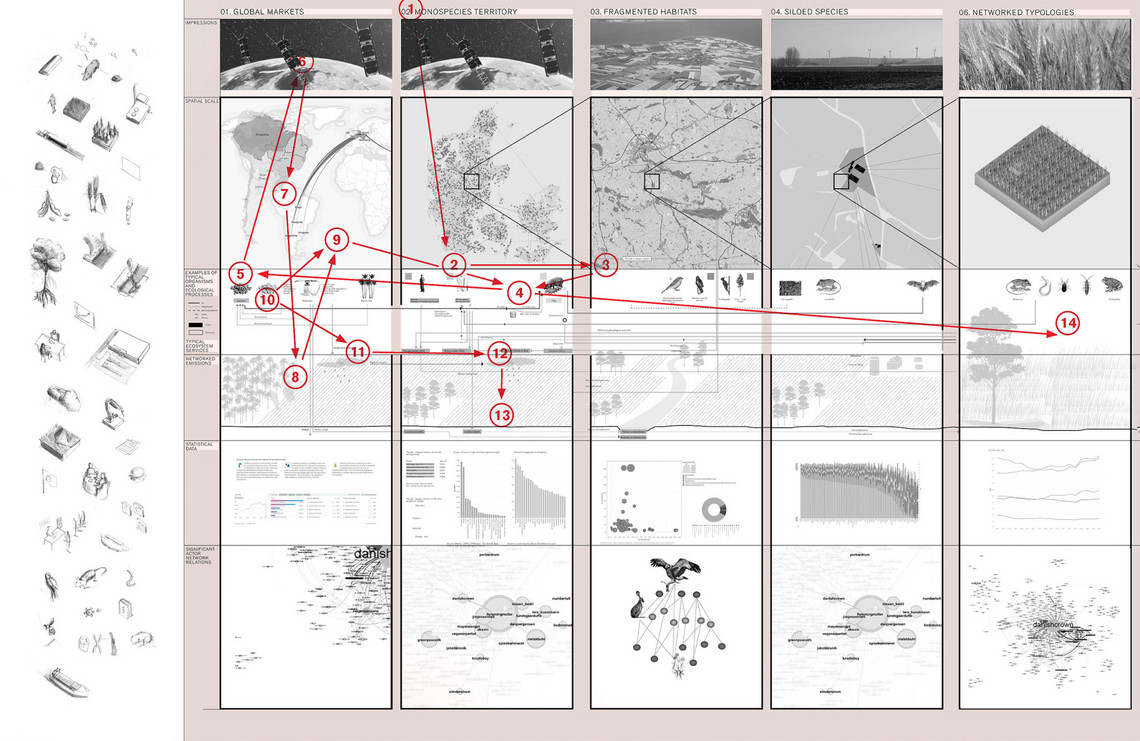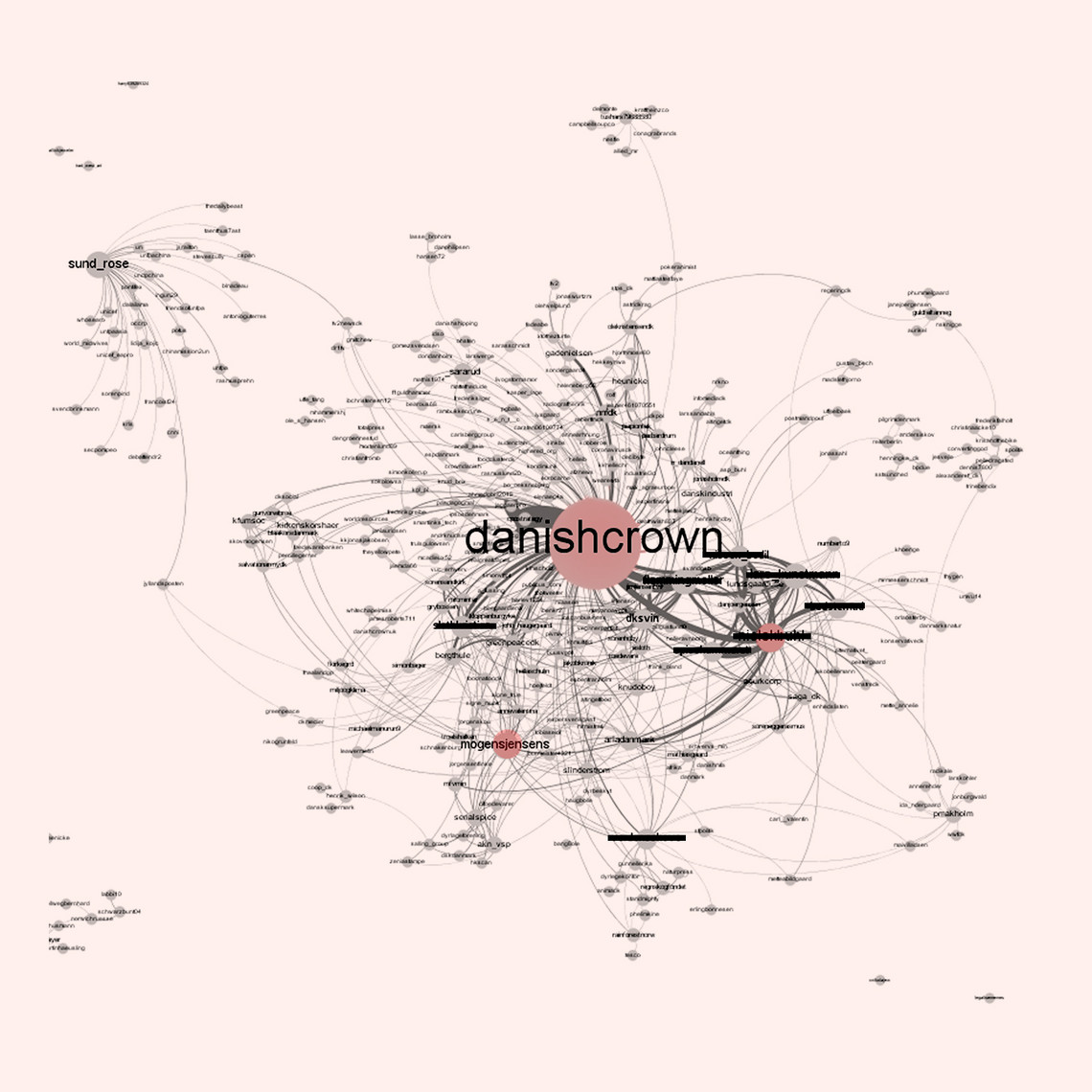

Actor-network and territorial mapping of the Danish agri-food landscape
Project Authors
- Deane Alan Simpson, Professor at Institute of Architecture, Urbanism and Landscape.
- Aleksander Nowak, Research Assistant at Institute of Architecture, Urbanism and Landscape.
Description
The Danish pig industry is of particular interest due to its considerable spatial/territorial footprint, its outside contribution to Danish GHG emissions, and its negative impact on biodiversity. As a result, an enhanced understanding of this sector’s conditions, and its potential for transformation, is critical if
Denmark is to meet its planned climate and environmental goals for 2030 and 2050.
The research responds to an awareness that prevailing responses to complex climatic and biodiversity crises are hindered by a number of factors: the fragmentation of, and non-communication between, sectoral and disciplinary forms of knowledge; the dominance of abstract quantitative approaches to this endeavor, resulting in a limited palette of data visualization formats to communicate the crises; and the limited representation of actor networks, spatial and material registers to interpret existing conditions and evaluate implications of future decisions.

The project explores a connected ecosystem of different forms of data visualization that communicate the complex conditions, dynamics and controversies of spatial/territorial production, across sectoral and disciplinary knowledge, to a non-expert audience (from planners, bureaucrats, politicians and interested publics) in narrative form.
This is investigated as a potential future platform of common understanding for developing future scenarios. The work is conducted through the bridging and linking between the logics and representational formats of actor-network diagram/controversy mapping and other mapping formats ranging from spatial/territorial maps, statistics, graphs, diagrams and infographics. In these terms, the works attempts to move beyond interpreting territories and spaces as static objects, but rather as an entangled networks of human and non-human actors.
These efforts are supported by the deployment of tools ranging from interviews, literature reviews, GIS mapping, data scraping, Twitter network analysis and 3D animation.


















